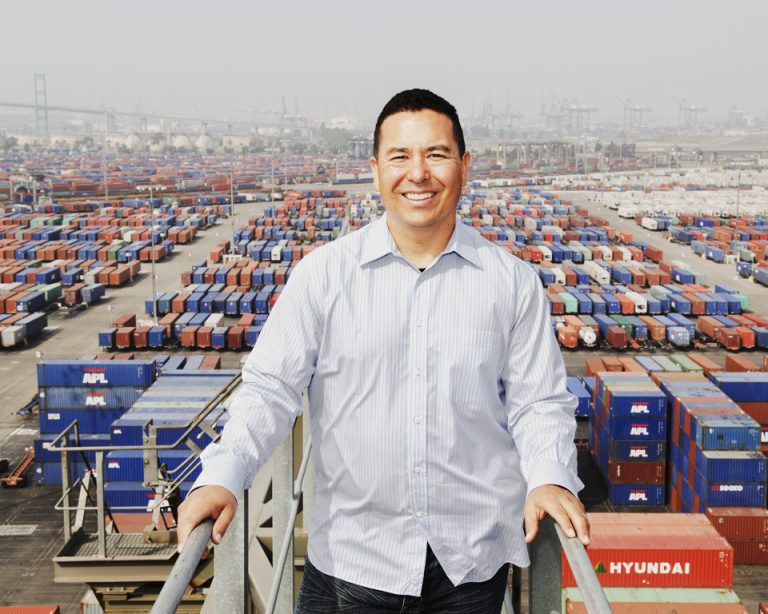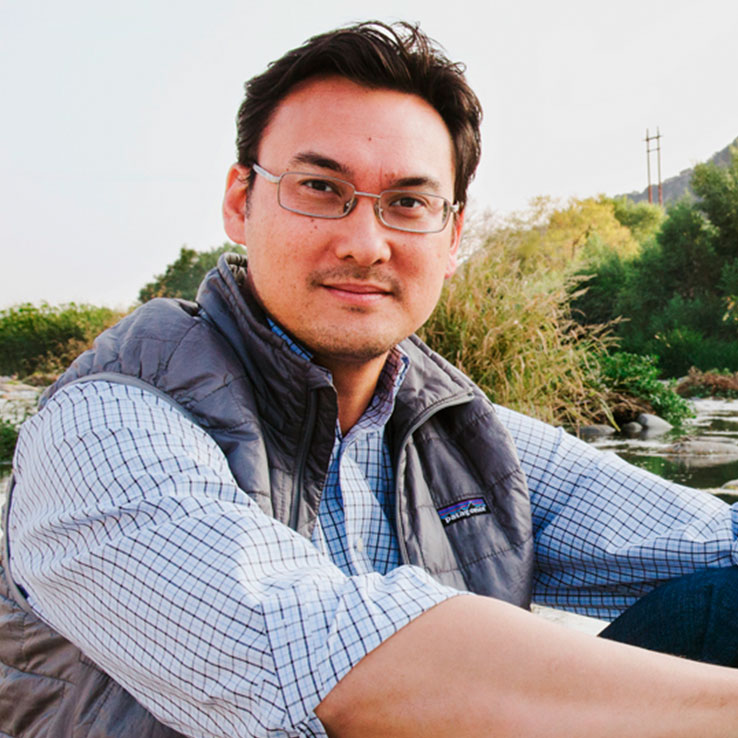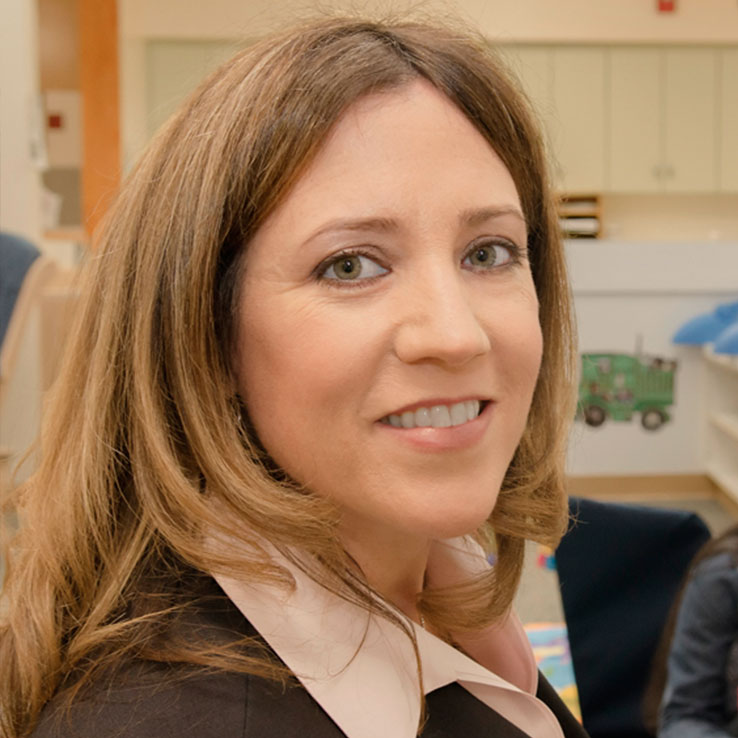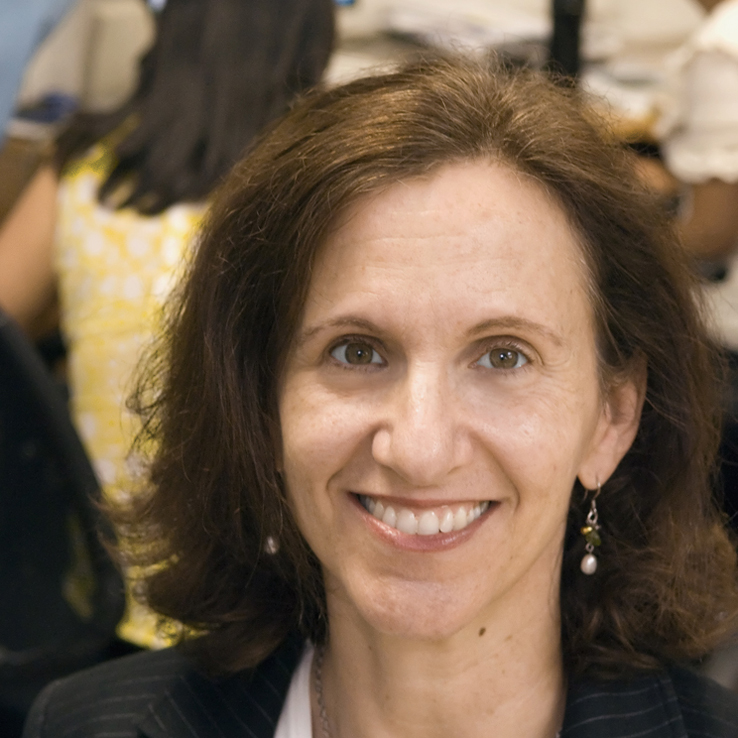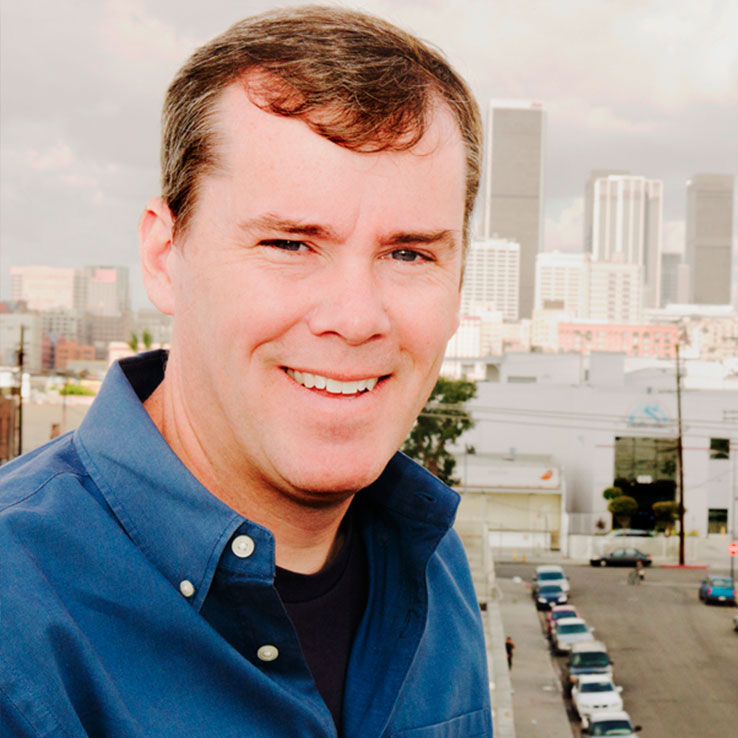Joe Lyou serves as President and CEO of the Coalition for Clean Air, a statewide nonprofit organization committed to restoring clean and healthful air to all of California. Joe previously served on the South Coast Air Quality Management District Governing Board for 12 years. A longtime advocate for environmental justice, he founded the California Environmental Rights Alliance in 2003 and served as Executive Director through August 2010. He is a graduate of CSU Northridge and received his PhD from UC Santa Cruz. Joe’s Stanton project sought opportunities to develop a zero- and near-zero-emission freight technology system in Los Angeles by bringing together the many stakeholders in this endeavor.
Fellowship Summary
The Challenge: The “thorny problem” I proposed to solve had to do with reducing air pollution from the port and freight transportation industry. I proposed to figure out a path toward the development and use of zero- and near-zero-emission freight technology.
The Proposal: How did I first propose to find a solution? I proposed to solve the problem of port and freight air pollution by: (1) conducting an in-depth literature review, (2) interviewing experts from diverse backgrounds, (3) writing my results in a report, and (4) hosting a symposium.
The Stanton Journey: As planned, I conducted an in-depth literature review and 16 interviews. The fellowship provided me the opportunity to read a tremendous amount of information about port and freight transportation technologies, as well as about the logistics industry. The interviews gave me the opportunity to learn from some of the most informed and insightful people who regulate, operate, use, and advocate to clean up the freight industry.
My proposed path changed in two significant ways. First, I found that when I tried to limit my interviews to a reasonable number of people, I quickly came up with a list of more than 200. I decided to conduct an online survey of everyone I knew with an interest in port and freight issues. I ended up with 103 survey respondents from a variety of backgrounds. I spent a lot of time analyzing my survey results. The information proved useful.
Second, once I completed my research phase, I had to think hard about how best to convey my results. I had planned on writing a report but had second thoughts about the effectiveness of relying upon others to read, understand, and act on it. I consulted with several trusted allies and decided that, in addition to proceeding with the symposium, I would be better off sharing my results via meeting and conference presentations targeted to non-environmentalist audiences. I participated in several such meetings, including a presentation to the National Academy of Sciences’s Transportation Research Board in Washington, DC.
With regard to my findings, I discovered a high degree of optimism that freight operations would become much more efficient and less polluting. However, people tended to disagree over which specific zero- and near-zero-emission technologies hold the most promise and should be prioritized. Most people felt that funding and policy development represent the greatest challenge to progress, and that overcoming technological hurdles and infrastructure development were the least challenging issues. Most respondents believed that, if clean freight is going to happen, it will be a cooperative endeavor, or at least involve a combination of cooperation and adversarial battles in courts and before policymaking bodies. A minority thought it would be an adversarial process.
There was a consensus on several issues: there’s no one silver bullet zero- or near-zero-emission technological solution. We need incentives and regulations. It’s not going to be easy. We need a holistic approach that starts with a comprehensive plan that takes into account logistical issues as well as environmental and economic goals and requirements.
Where I am Now: From here, I need to work on using my findings and implementing my recommendations. My original question is still valid and there has been some meaningful progress. In fact, encouraging developments happen almost daily. In July, the governor issued an executive order directing his agencies to develop a sustainable freight action plan by July 2016. The staff at the Port of Los Angeles has made zero-emission freight commitments in a white paper they presented to their Board of Harbor Commissioners. The California Air Resources Board has embraced zero- and near-zero freight technologies. Just this week, they awarded more than $25 million for demonstration projects. The California Energy Commission also funded a zero-emission freight project within the last few days. A heavy-duty truck engine manufacturer has produced a natural gas engine that emits fewer oxides of nitrogen (NOx, the key component of smog in Los Angeles) than produced when generating electricity to charge electric vehicles.
On a personal level, the fellowship has proven extraordinarily helpful. I am now the “go-to guy” on this issue for many key elected officials and regulators. I’ve heard from several people that when they’ve asked others, they have been told to speak with me about zero- and near-zero-emission freight issues. It’s nice to have this recognition and credibility made possible by my Stanton Fellowship. That said, I still have a long way to go. The fight will go on.
